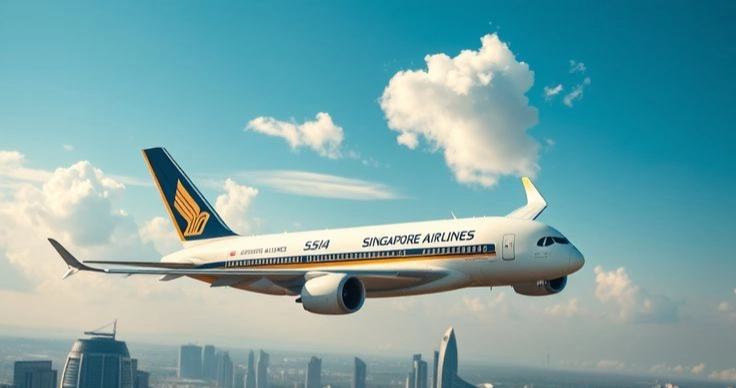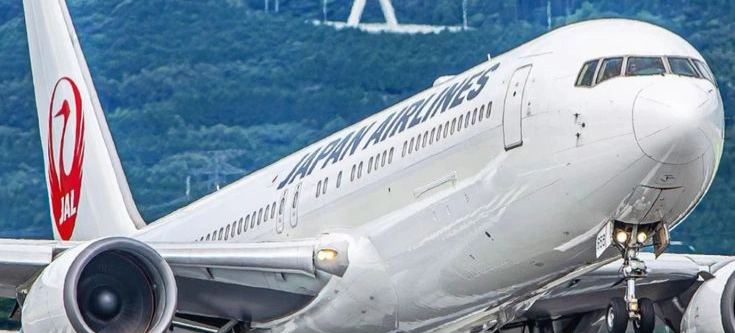European Airlines: Stability, Service, and Strong Competition
Europe is home to one of the world’s largest and most mature aviation markets. The region features both legacy national carriers and fast-growing low-cost airlines. European airlines are known for their safety, reliability, extensive route networks, and variety of service offerings — from premium cabins to budget-friendly fares.
In a highly competitive environment with growing passenger expectations, European carriers are actively investing in innovation, sustainability, and customer experience. Below is an overview of key players and market trends.
Europe’s Flagship Airlines
Lufthansa (Germany)As one of the largest airlines in Europe and a key member of the Star Alliance, Lufthansa is known for its quality of service, punctuality, and a modern fleet. Based in Frankfurt and Munich, it connects hundreds of cities worldwide and is heavily focused on digital transformation and environmental responsibility.

Air France (France)The French national carrier and one of the oldest airline brands in the world. As a member of the SkyTeam alliance and part of the Air France–KLM Group, it offers a vast global network and is recognized for its elegant French-style onboard service. The airline works closely with KLM Royal Dutch Airlines to maintain its position among Europe’s top carriers.
British Airways (United Kingdom)The UK’s flagship airline and a member of the Oneworld alliance. Based at London Heathrow, BA has a strong transatlantic and intercontinental presence. It’s known for premium cabins and wide network coverage. Despite Brexit, the airline continues to play a vital role in global aviation.

Europe’s Leading Low-Cost Carriers
Ryanair (Ireland)Europe’s largest low-cost carrier. Known for its ultra-low fares, high-efficiency operations, and strict cost controls. Ryanair operates thousands of flights daily across the continent and has become a symbol of affordable travel in Europe.
easyJet (United Kingdom)Offers a more balanced low-cost model, combining reasonable pricing with greater comfort and flexibility. easyJet serves most major European cities and is especially popular among both tourists and business travelers.
Wizz Air (Hungary)A rapidly expanding budget airline focused on Central and Eastern Europe. Wizz Air flies to many underserved destinations and is now entering new markets in the Middle East and the Caucasus.
Strong Regional Carriers
Aegean Airlines (Greece) — Frequently awarded as the best regional airline in Europe by Skytrax, offering high-quality service across the Mediterranean.Finnair (Finland) — Known for its efficient hub in Helsinki and as a key link between Europe and Asia. Scandinavian-style service and a modern fleet are its hallmarks.TAP Air Portugal — A leader in connecting Europe with Brazil and Africa, recovering strongly through privatization and expansion.SAS (Scandinavia) — The main airline of Sweden, Denmark, and Norway, focusing on sustainability, digital tools, and efficient Nordic service.
Trends and Challenges
- Sustainability: European airlines are prioritizing eco-friendly aircraft, carbon offset programs, and biofuels.
- Digitalization: Self-service check-ins, mobile boarding, real-time notifications, and enhanced mobile apps are now standard.
- Flexible Pricing: More airlines are offering à la carte service tiers and customized ticket options.
- Intense Competition: Traditional carriers and low-cost airlines are coexisting through specialization and service differentiation.
Conclusion
European airlines offer stability, high safety standards, and a wide range of options for travelers. Whether flying for business or leisure, passengers can find tailored solutions across the continent’s diverse carriers. Thanks to ongoing investments in technology and sustainability, Europe remains a global leader in modern, efficient air travel.
Close